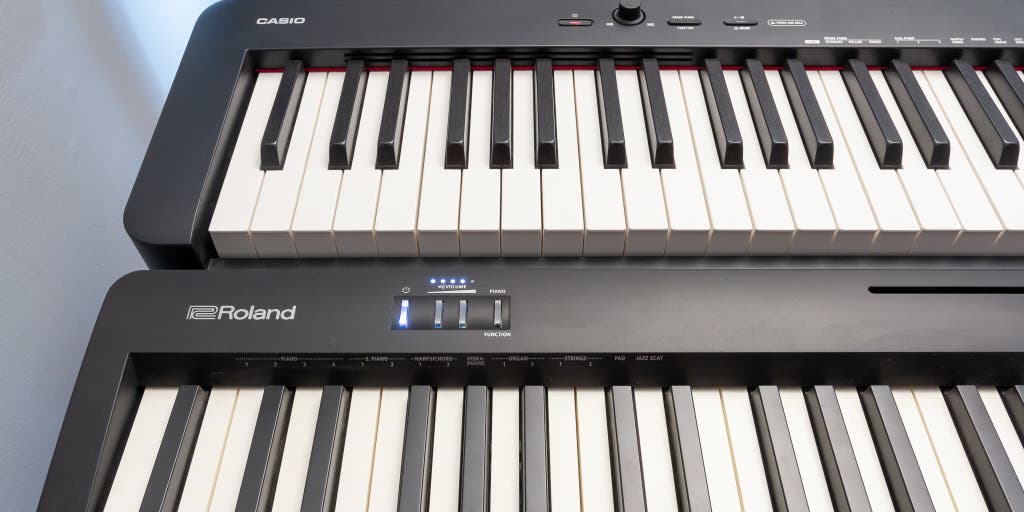1. Introduction
The Casio Privia digital piano is a great choice for those looking for a realistic piano experience without having to invest in an acoustic instrument. It features realistic sound and touch, as well as a wide range of features that make it suitable for both beginners and experienced players. In this review, we will take an in-depth look at the features, sound quality, ease of use, and value for money of the Casio Privia digital piano.
2. Overview of the Casio Privia Digital Piano
The Casio Privia digital piano is a full-size 88 key digital keyboard with weighted keys that simulate the feel of an acoustic piano. It has a modern design with a sleek black finish and comes with built-in speakers to provide an immersive sound experience. The keyboard also has a range of connectivity options such as USB and MIDI ports, allowing you to connect external devices such as computers or synthesizers.
3. Features and Benefits of the Casio Privia Digital Piano
The Casio Privia digital piano offers a range of features that make it suitable for both beginners and experienced players alike. Firstly, it has built-in lessons to help you learn how to play the piano quickly and easily. It also has a range of sounds including grand pianos, electric pianos, organs, strings, brass instruments, drums and more – all accessed via intuitive controls on the front panel. The keyboard also features dual headphone jacks so you can practice without disturbing others in your household or studio space.
4. Ease of Use and Setup of the Casio Privia Digital Piano
The setup process for the Casio Privia digital piano is straightforward – all you need to do is plug in the power cord and connect any external devices (such as headphones or computers) via USB or MIDI ports located on the back panel. The keyboard itself is easy to use thanks to its intuitive controls – simply select one of the preset sounds via the on-board buttons or adjust parameters such as volume or tone using knobs located on either side of the keyboard.
5. Sound Quality of the Casio Privia Digital Piano
The sound quality produced by the Casio Privia digital piano is impressive – it produces realistic sounds across all its presets that accurately mimic those found on acoustic pianos as well as other instruments such as organs or strings. The built-in speakers provide clear audio even at high volumes while headphones allow you to practice without disturbing others around you – perfect for late night practice sessions!
6 Price and Value for Money of the Casio Privia Digital Piano
The price point for the Casio Priva digital piano makes it an attractive option for those looking for an affordable yet high quality instrument – it retails at around $500 USD which makes it one of the most cost effective keyboards available on today’s market! Furthermore, its range of features makes it great value for money considering its price point – perfect if you’re just starting out in learning how to play!
7 Pros and Cons Of The Casio Priva Digital Piano
Pros:
• Realistic sound & touch
• Range Of Connectivity Options
• Built-In Lessons & Sounds
• Intuitive Controls
Cons:
• No Built-In Recorder
8 Alternatives To The Casio Priva Digital Piano
If you’re looking for alternatives to consider when shopping around for a new digital keyboard then there are plenty out there! Some popular choices include Yamaha’s P115B model which offers similar features but with more advanced recording capabilities; Korg’s B1 model which offers enhanced touch sensitivity; or Roland’s FP30 which provides more customisation options than most other models in its price range!
9 Conclusion
>
Overall, if you’re looking for an affordable yet high quality instrument then look no further than the Casio Priva digital piano! With its realistic sound & touch, intuitive controls & connectivity options plus built-in lessons & sounds this keyboard provides great value for money considering its price point – perfect if you’re just starting out in learning how to play!

